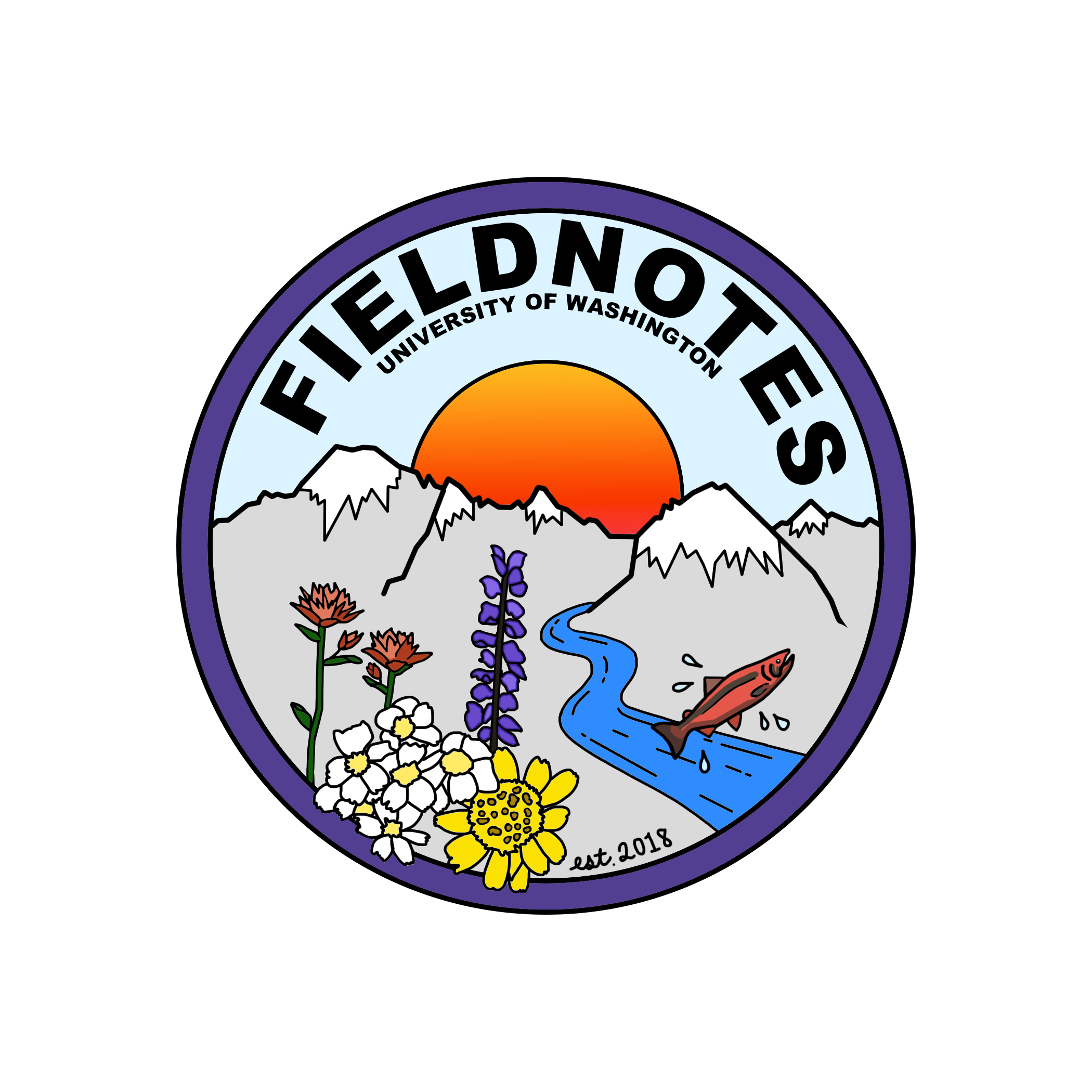Drought Conditions Spell Bad News for Upcoming Fire Season
By Anthony Edwards
One year ago, few could have predicted the extreme wildfire season that devastated parts of the U.S. West Coast. Although the West was not suffering from widespread drought conditions last spring, the fire season that followed was the worst in recorded U.S. history. More than 10 million acres burned, including in five of the largest six fires in California history, and estimated economic impacts range between $130 and $150 billion. In 2020, 46 people died due to the western wildfires. Although fires avoided much of western Washington, the Seattle area was briefly home to the worst air quality on the planet, and health impacts on the state led to an estimated 200 deaths.
As impactful as the 2020 fire season became, some estimates say the 2021 outlook could be much worse. While winter precipitation was above average in Washington state this year, the rest of the U.S. west suffered from a seasonal drought. At low elevations, California’s biggest cities, such as Los Angeles, San Diego, and Sacramento, were all well below normal levels of winter precipitation.
Heading into the mountains, where snowpack can help keep fuel moistures high, the precipitation story remains the same. Oregon, Nevada, Utah, and other states in the Southwest are losing snowpack, resulting in widespread drought conditions. As of April 29, conditions are bleak – measured on a four-step scale from the U.S. drought monitor, more than 95% of the West is suffering some form of drought, while one-fifth of the entire West is experiencing the most extreme form of drought.
One seasonal outlook from the Climate Prediction Center leaves little room for optimism about the looming fire season. The three-month forecast from May through July predicts only a 33% chance of greater than normal precipitation for areas of most extreme drought, with most of the West expected to be drier than normal. Warm temperatures, which quickly dry out fuels for fire, are also expected to last throughout the summer for much of the U.S., especially the West Coast.
Predictions like these rightfully draw concern about the upcoming wildfire season, including concerns about human health and loss of life. Preparation and public awareness are vitally important in avoiding the worst impacts. In Washington state, House Bill 1168, which would provide $125 million every two years for wildfire and forest health, awaits the signature of Governor Jay Inslee. The funding can’t come soon enough, and unfortunately can’t arrive sooner than this July, causing barriers to essential work such as training new firefighters and gathering resources.
For now, the public is urged to comply with fire safety such as burn bans to limit the extent and severity of the 2021 fire season.

